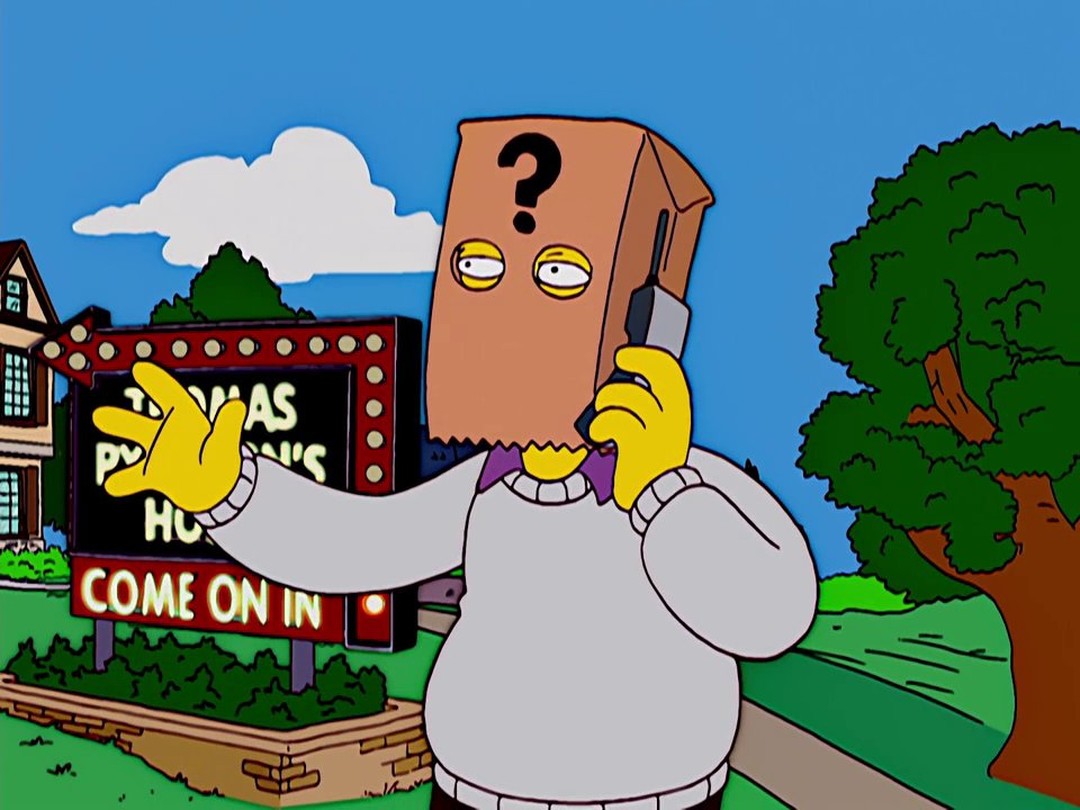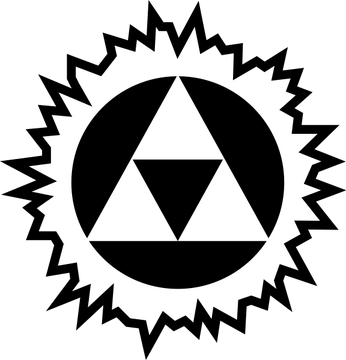I’m sorry but it doesn’t make sense TO ME. Based on what I was taught, regardless of the month, I think what matters first is to know what day of the month you are in, if at the beginning, in the middle or at the end of said month. After you know that, you can find out the month to know where you are in the year.
What is the benefit of doing it the other way around?
EDIT: To avoid misunderstandings:
- I am NOT making fun OF ANYONE.
- I am NOT negatively judging ANYTHING.
- I am totally open to being corrected and LEARN.
- This post is out of pure and honest CURIOSITY.
So PLEASE, don’t take it the wrong way.
There are plenty of other scenarios with a similar pattern of starting at the larger scale and then the specific.
TV shows: Season 2 Episode 9
Theatre: Act one, scene 3
Biblical: Book of John 3:16
Other books: Chapter 9, page 125.
Address: 123 Main St, Apt #2
Phone numbers: country code (area code) locality-individual
I’m not saying either is right or wrong, but there are precedents for either way.
Perhaps the most relevant of all: time of day. 9:30. Hours first, then minutes. I’m not from a location that does month-day ordering, but I think largest to smallest works excellently for time measurement, hence ISO 8601.
I’m guessing, but it’s likely because the spoken form for a date is normally, 'May 31st, 2025" vs “The 31st of May, 2025”, hence 05/31/25 v 31/05/25.
I say June 2nd of 2025
I type 2025-06-02
Handwritten it’s 2-June-2025
I’m from before 2000 and the turn to years being so small broke me, it used to be so clear which number was the year with just 2 digits, and day, month, year is sorting from smallest unit to biggest, it has logic. But then for awhile you could have a 04, an 05, and an 06 and I was working with other countries, it wasn’t at all clear which was year month or day, so I started sandwiching the month in the middle as a word when handwriting dates and using 4 digit year, and year month day sorts like a dream for filenames.
In normal conversation, it’s more common (at least here) to say “May 31st” than “the 31st of May.” I think the order of the numerical only dating system is just reflecting that.
Then why “fourth of July”?
Probably specifically to stress that it is A Special Day and not just july fourth
deleted by creator
I’m sure the history is that, for most daily purposes, it was useful to know both. Knowing the larger element (the month) first sets the context for the smaller detail. For instance, saying I met someone for dinner on December 12 gives you the broader context (e.g. the season, possible relevant events) before the smaller detail of the day.
I think of it as, if you got shot halfway through telling me the date of something, “December” on its own is more useful information than “12”. Technically, “12” narrows it down to fewer possible dates, but it could be at any time of year, while December only happens once a year, in March or whatever.
That explains it, getting shot halfway through a sentence is far less likely outside America.
Because the month tells me more about how far in the future something is. If I have an appointment on the 12th of July, there’s not much information in knowing it’s on the 12th. 12th of what? But it’s in July, so between 1 and 2 months in the future. If I need more info, then I’ll pay attention to the day. So in order of information given.
Historical dates are similar, except I really just need (roughly) the year, and then a month if that’s relevant. Knowing the exact date of a historical event is just showing off. But if you know the month, you know what season it was, what the weather was probably like. Was it planting/growing/harvest time? You can guess at a lot of things with just the month.
Historically, I don’t know, but personally, I prefer YYYY-MM-DD style dates since they sort naturally in basically all computer software without having to think about it.
ISO 8601 rules!






